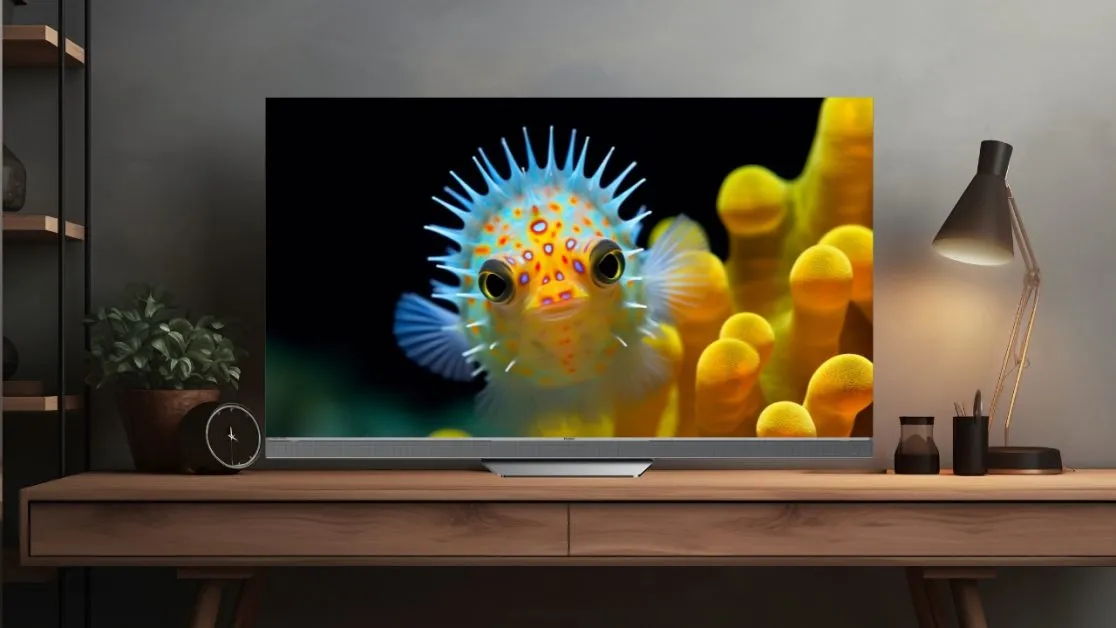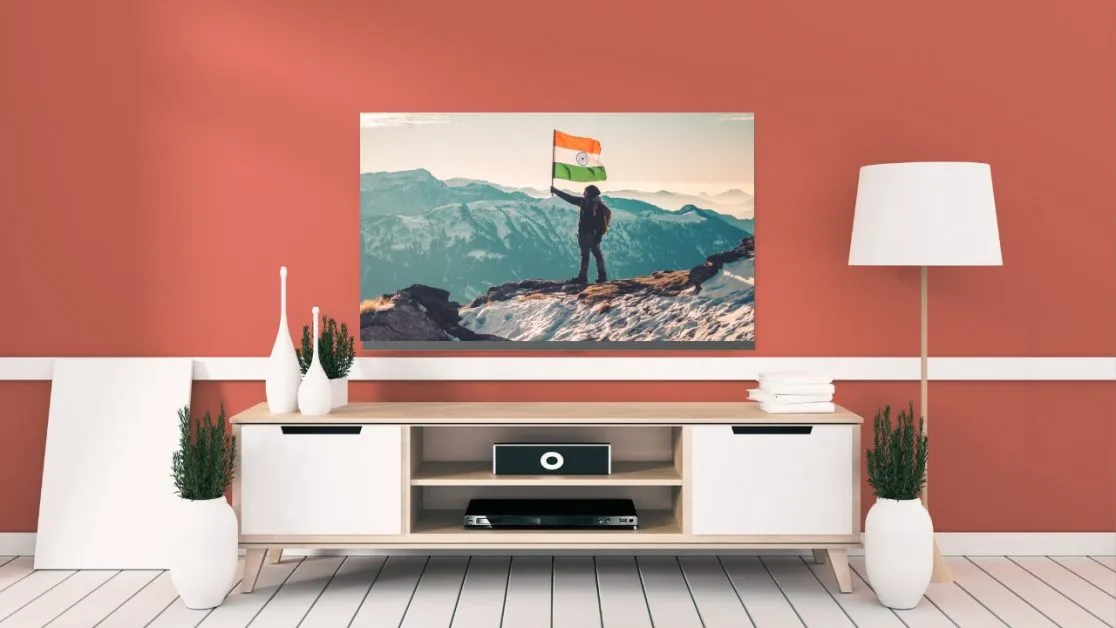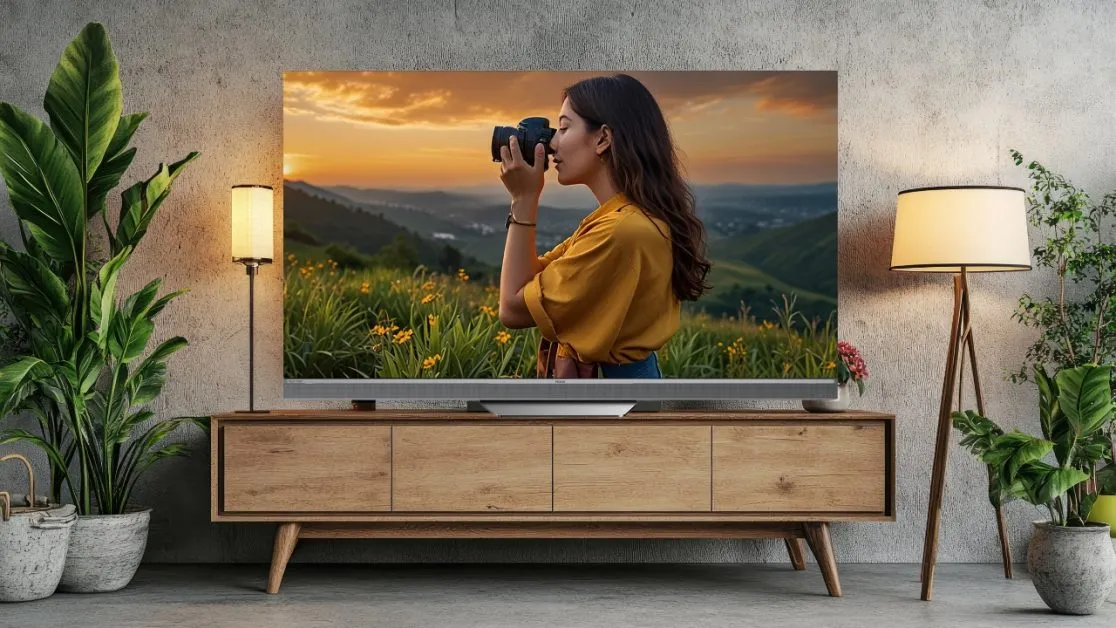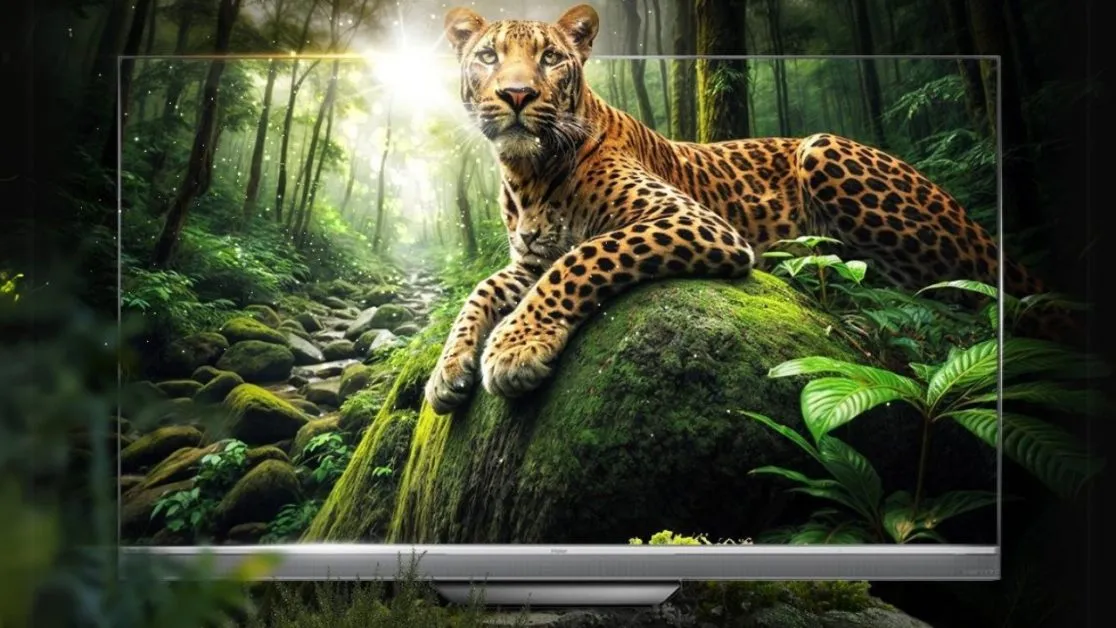As India celebrates its 78th Independence Day, it’s the perfect time to upgrade your TV and experience the latest in display technology. Two leading technologies, Mini LED and QLED, stand out for their exceptional picture quality and immersive viewing experiences. Which one is the best for you? This article provides a comprehensive analysis to help you make an informed decision.
Unpacking Mini LED Technology

Mini LED technology represents a breakthrough in LCD (liquid crystal display) backlighting. By using much smaller LEDs than traditional LED-backlit TVs, Mini LED offers finer local dimming control and greater contrast.
How Does Mini LED Work?
Mini LEDs are usually less than 0.2mm across, allowing manufacturers to fit thousands of them behind the LCD panel. This increased number of miniaturized lights enables more zones to be dimmed, resulting in better brightness-to-darkness management across different parts of the screen.
Pros of Mini LED
- Higher Contrast Ratio: With more zones that can be darkened individually, Mini LEDs deliver deeper blacks and brighter whites, creating a richer image.
- Better HDR Performance: Finer control over local dimming areas allows this technology to represent high dynamic range (HDR) content more accurately.
- Less Blooming Effect: Traditional LED-LCD TVs with full-array backlights tend to suffer from haloing, but Mini LEDs significantly reduce this effect.
Taking a Look at QLED Technology
QLED stands for quantum dot light-emitting diode, another advanced display technology that has gained traction for its wider color gamut and increased brightness.
The Science Behind QLED

Quantum dots are tiny particles of semiconductors that emit light when excited electrically. In a QLED TV, these dots sit between an LED backlight and liquid crystal display panel, converting blue light from LEDs into pure reds and greens, thereby broadening the range of hues available.
Advantages of QLED
- Richer Colors: QLED TVs can display a wider palette, translating into livelier pictures.
- High Brightness: These types of television sets are capable of reaching very high levels of peak luminance, making them suitable for viewing in well-lit rooms.
- Longevity Matters Most: Quantum dot materials used here have excellent stability against degradation over time, ensuring consistent visual performance.
Mini LED vs. QLED – Side by Side Comparison

Now that we have covered the basics behind each technology, let us compare them head-to-head across different areas so you can decide which suits your needs best.
Picture Quality
Both technologies deliver great picture quality; however, they excel in different departments. Mini LED offers amazing black levels with its ability to turn off specific LEDs individually, while QLED provides a wider color gamut, resulting in more vibrant and accurate images.
Contrast and Black Levels
Mini LEDs generally has the advantage with better control over dark parts of the picture and deeper blacks, thanks to a larger number of dimming zones.
Although QLED technology has greatly improved contrast performance, it still relies on conventional full-array local dimming, which might not be as precise as mini LED in controlling backlight levels.
Color Performance
QLED technology slightly outperforms Mini LED in terms of color performance, thanks to the quantum dot layer that displays a wider color gamut.
However, it should be mentioned that some high-end TVs combine mini-LEDs with quantum dots, thereby achieving excellent color reproduction without sacrificing contrast ratio or black levels.
Brightness and HDR Performance

Both technologies excel at brightness and HDR performance but approach this from different angles. QLED TVs deliver extremely high peak brightness levels, while Mini LED televisions offer precision control over brightness throughout the screen.
On the other hand, mini-LED televisions are designed for precision control over brightness throughout the screen rather than overall luminance, hence enabling better representation of HDR content with increased differentiation between bright and dark areas within an image.
Viewing Angles
Recent advancements have improved viewing angles for both Mini LED and QLED displays, with some higher-end models offering superior performance when viewed off-axis.
Power Efficiency
In terms of power consumption, mini-LEDs are more efficient than QLEDs. This is because with mini LEDs, it becomes possible to turn off or dim specific areas on the screen, thus reducing energy usage in darker scenes. As a result, overall power draw can be substantially lowered, especially during playback of contents that feature many dark images.
On the other hand, quantum dot technology employed by QLED requires extra energy input for optimal brightness levels and wider color gamut. So even though still relatively energy-saving, QLED may consume slightly more power than its rival under typical operating conditions.
The Verdict: Which Technology Reigns Supreme?

Credits : Haier India
In conclusion, both Mini LED and QLED have their pros and cons. If you care mostly about deep blacks, high contrast ratios, and accurate HDR performance, then Mini LED is the way to go. However, if you adore lively colors, high peak brightness levels, and adaptability to various lighting conditions, then QLED technology might be what you’re looking for.
However, if you adore lively colors, high peak brightness levels, and the ability to adapt to various lighting conditions, then QLED technology might be what you’re looking for. Because of its broader color gamut and remarkable brights, this is an ideal choice for those who watch in well-lit rooms or want to get the full effect of HDR.
The Best of Both Worlds: Haier’s M95E QDMINI LED 4K Smart TV

Haier India has introduced the M95E QDMINI LED 4K Smart TV, which combines Mini LED with QLED technologies to achieve a perfect balance. This state-of-the-art television provides excellent picture quality and many smart features.
Features of the Haier M95E
- QDMINI LED Display: Combines localized dimming capabilities of Mini LEDs with wide color reproduction provided by quantum dots.
- Peak Brightness of 2000 nits: Matched with 720 dimming zones for unmatched HDR performance.
- 144Hz Refresh Rate: Ensures smooth motion handling, making it great for gaming or watching fast-paced sports.
- Premium Sound Output: Features a built-in subwoofer and front-firing speakers with Harman Kardon audio system integration.
- Smart Functionalities: Includes Google TV integration, built-in Chromecast capability, hands-free voice control, and WiFi 6 for fast, stable connections.
In summary, the Haier M95E QDMINI LED 4K Smart TV combines the strengths of both Mini LED and QLED technologies, setting new standards for picture quality while delivering top-notch audio performance and a wide range of intelligent features. As India celebrates its independence, upgrade your viewing experience with the latest in display technology from Haier India.
In summary, when looking at the Haier M95E QDMINI LED 4K Smart TV, it can be seen that although both mini LED and QLED technologies have their merits, this particular model combines the strengths of each in an enticing manner. As such, it sets new standards for picture quality while also delivering top-notch audio performance plus a wide range of intelligent features all aimed at enhancing user experience, thus making it clear that television technology is rapidly advancing and Haier India is committed toward providing cutting edge products for sophisticated customers like you.

